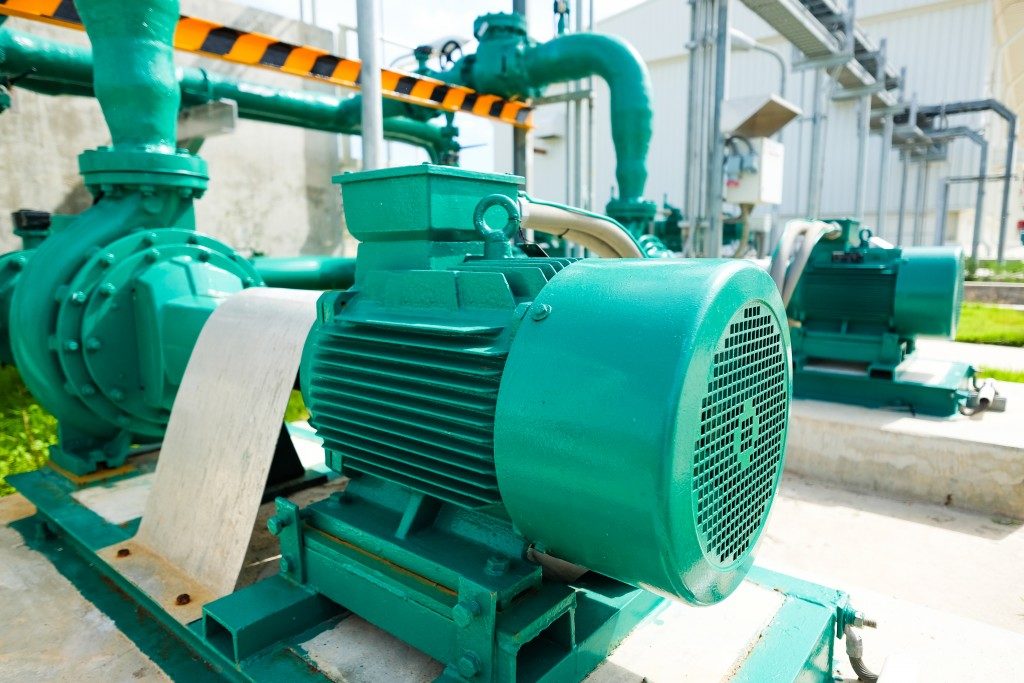Pumps have been a part of industrial and residential applications since the era of the industrial revolution. Since then there have been multiple innovations for a boosted efficiency of the pump and its simple operation. One of the standard pump types used in various industries is the centrifugal pump.
This has one or several impellers that impel energy to a fluid. The energy consequently guides the fluid’s discharge to a collector. A submersible pump supplier is basically selling a variant of centrifugal pumps whose components are entirely installed under water.
Submersible pumps are thus used for pumping sewage from septic tanks, and water from flooded basements, irrigation systems and above and underground water treatment systems. Centrifugal pumps are classified based on various specifications.
The following are the specifications used to classify the pumps.
Number of Impellers
The impeller in your centrifugal pump rotates to generate a force that propels the fluid into the volute chamber. Centrifugal pumps are categorized according to the number of their impellers into three classifications. These include single stage, two-stage, and multi-stage pumps.
Single stage pumps have one impeller and simple designs. They are ideal for low-pressure and high flow-rate applications. Two-stage pumps have two impellers and suffice for medium pressure applications. Multi-stage impellers have at least three impellers and are used in high-pressure environments.
Split Case Types
Centrifugal pumps have a split case. This offers them a balanced design featuring maintenance-friendly casing, robust bearings and impellers mounted on shafts and supported by bearings on either side. Based on the orientation of their split case, pumps are categorized into axial and radial split pumps.
Axial split case pumps are mounted horizontally and have their volute casing axially split at the pump shaft’s midpoint. In radial split pumps, the volute casing is perpendicularly split to the pump shaft’s center line.
Volute Type
The volute in your pump receives the fluid pumped from the impeller. Based on the volute, centrifugal pumps are classified into single and double volute pumps. Single volute pumps are designed for low capacity pumps that have high radial loads.
Double volute pumps, on the other hand, have two partial volutes 180 degrees apart contributing to balanced radial loads. These are the more prevalent of the two.
Location of Bearing Support
Bearings in centrifugal pumps keep the rotor or shaft in proper alignment with your pump’s stationary parts under the actions of axial and radial loads. The location of your bearings’ support will be used to classify centrifugal pumps into between-bearing and overhung pumps.
In overhung pumps, the bearings will support the impellers located on one shaft end from one side. In between-bearing pumps, the impeller will be located between the bearings and thus have support from both ends while mounted on a shaft.
The centrifugal pump options on the market are vast, and it is easy to get overwhelmed when shopping for one. Thankfully, with an understanding of the above specifications used to classify your pump, you are now better placed to make the right choice.
Centrifugal pumps irrespective of their type are renowned for their low power consumption combined with high efficacy. They are also low maintenance and durable owing to their simple design.




